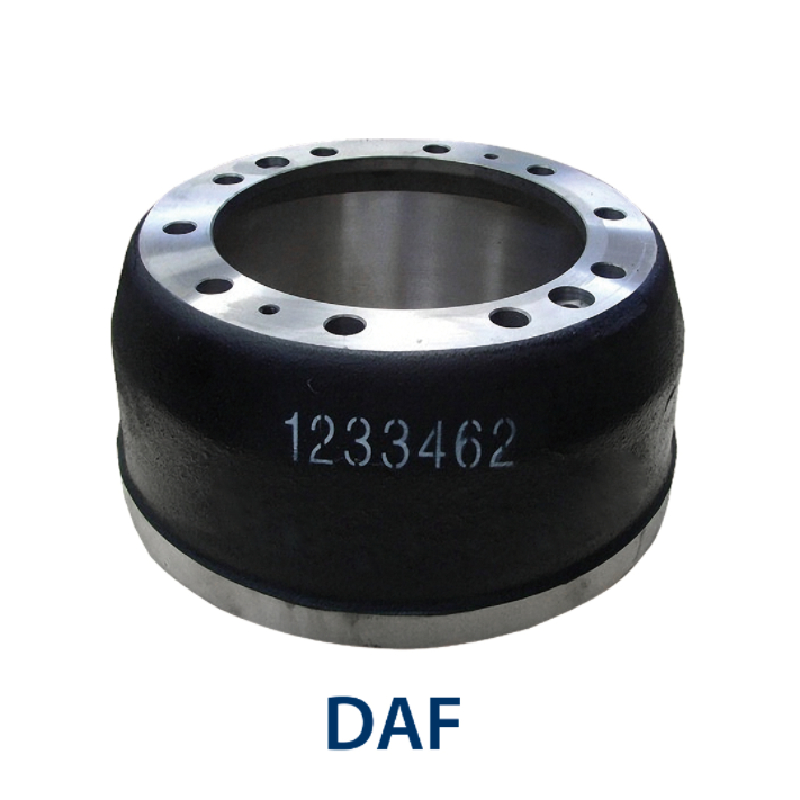Aug . 15, 2024 04:37 Back to list
A Guide to Accurately Assessing Wear and Tear on Brake Drums in Vehicles
How to Measure Brake Drum Wear
Brake systems are crucial for the safety and performance of vehicles. Among their components, brake drums are essential in the operation of drum brake systems, which are commonly found in many automobiles. Over time, brake drums experience wear and tear due to friction generated during braking. Properly measuring this wear is vital for maintaining safety and efficiency. This article will guide you through the process of measuring brake drum wear, highlighting the tools needed, and the steps to follow.
Understanding Brake Drum Wear
Brake drum wear occurs due to the repeated friction between the brake shoes and the drum surface. As the brake shoes press against the drum to stop the vehicle, material from both components can wear away. Excessive wear can lead to decreased braking efficiency, increased stopping distances, and potential brake failure. Therefore, keeping an eye on the condition of brake drums is essential for road safety.
Tools Required
To measure brake drum wear, you will need the following tools
1. Caliper Gauge A precision tool used for measuring internal and external dimensions with accuracy. 2. Feeler Gauges These thin strips of metal help measure gaps or clearances in the brake system. 3. Micrometer This tool can provide precise measurements of the drum's diameter and thickness. 4. Brake Shoe Thickness Gauge This helps confirm the thickness of the brake shoes, which should also be monitored.
Step-by-Step Guide to Measuring Brake Drum Wear
1. Preparation Start by safely lifting the vehicle using a jack and securing it with jack stands. Ensure the vehicle is on a level surface and the parking brake is engaged.
how to measure brake drum wear

2. Remove the Wheel Using a lug wrench, remove the wheel covering the brake drum. This may require some force if the lug nuts are particularly tight.
3. Inspect the Brake Drum Visually inspect the brake drum for any obvious signs of wear, such as deep grooves, scores, or cracks. Any visible damage may warrant immediate replacement.
4. Measure the Brake Drum Diameter Use the caliper gauge or micrometer to measure the outer diameter of the brake drum. Compare this measurement with the manufacturer's specifications, which can usually be found in the vehicle's service manual. If the diameter exceeds the specified limit, the drum should be replaced.
5. Check the Inside Diameter Measure the internal diameter of the drum where the brake shoes make contact. This measurement is crucial, as excessive wear can cause the drum to become out-of-round, leading to uneven braking. A round drum ensures even contact with the brake shoes.
6. Evaluate the Brake Shoe Thickness Using the brake shoe thickness gauge, check the thickness of the brake shoes. If they fall below the minimum thickness specified by the manufacturer, replacement is necessary.
7. Check for Warping Use feeler gauges to check for warping. Insert the gauges between the brake drum and brake shoe to check for any gaps. If significant gaps are noted, this indicates that the drum is warped and should be resurfaced or replaced.
8. Document Your Findings It is crucial to keep a record of all measurements taken. This data will help you track wear progress over time and establish a maintenance schedule for future inspections.
Conclusion
Measuring brake drum wear is a straightforward yet essential task for vehicle maintenance. By regularly checking the condition of your brake drums and shoes, you can ensure safer driving and prolong the life of your vehicle’s braking system. If you are unsure about any aspect of the measurement process or if considerable wear is detected, it is advisable to consult with a professional mechanic. Regular maintenance and timely replacements can significantly enhance vehicle safety and performance on the road.
-
ROR Web Development: Build Fast, Scalable, Secure Apps
NewsAug.17,2025
-
Scania Brake Drums: OEM Quality for Optimal Safety & Durability
NewsAug.16,2025
-
R.V.I: Advanced Remote Visual Inspection for Precision
NewsAug.15,2025
-
Discover HYUNDA: Innovative Vehicles, Equipment & Solutions
NewsAug.14,2025
-
R.V.I: Unlock Advanced Insights & Real-time Performance
NewsAug.13,2025
-
Kamaz Brake Drum: Durable & Reliable for Heavy Duty Trucks
NewsAug.12,2025
